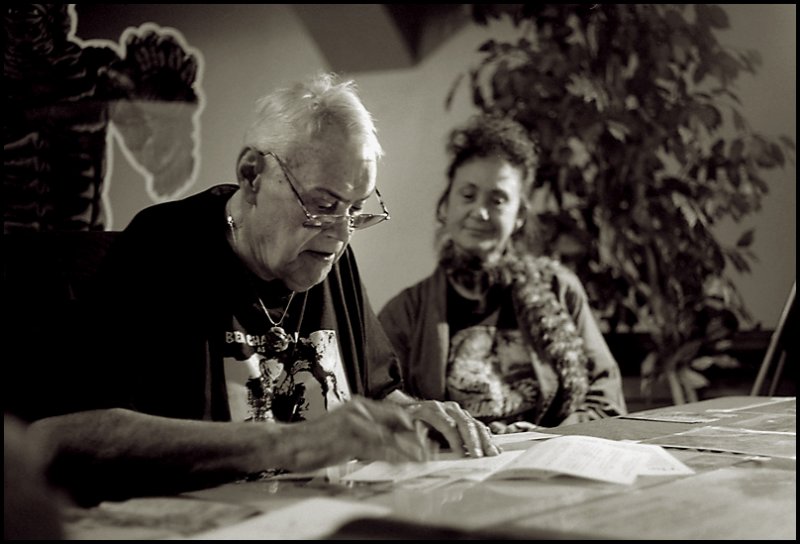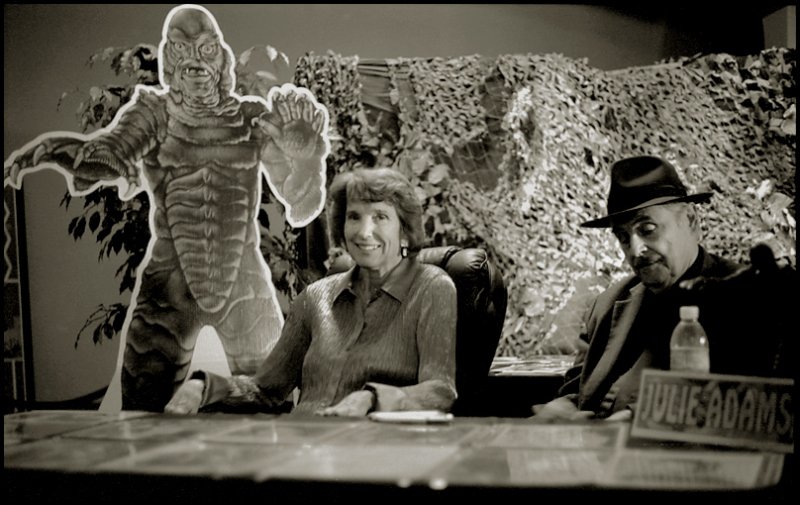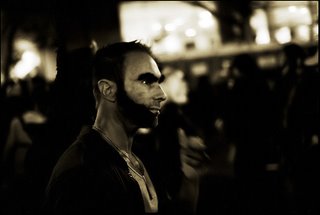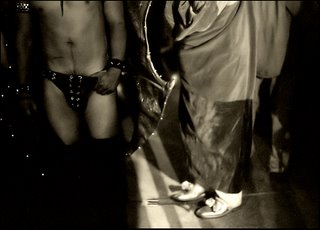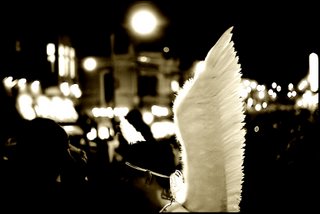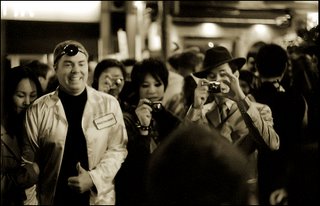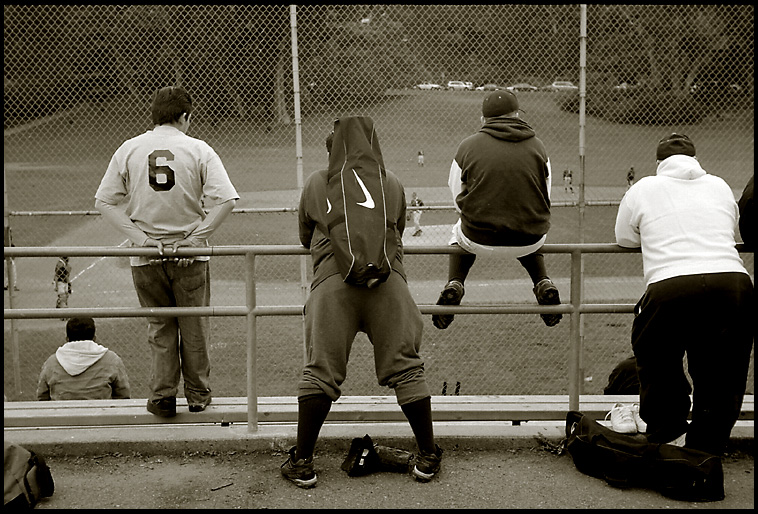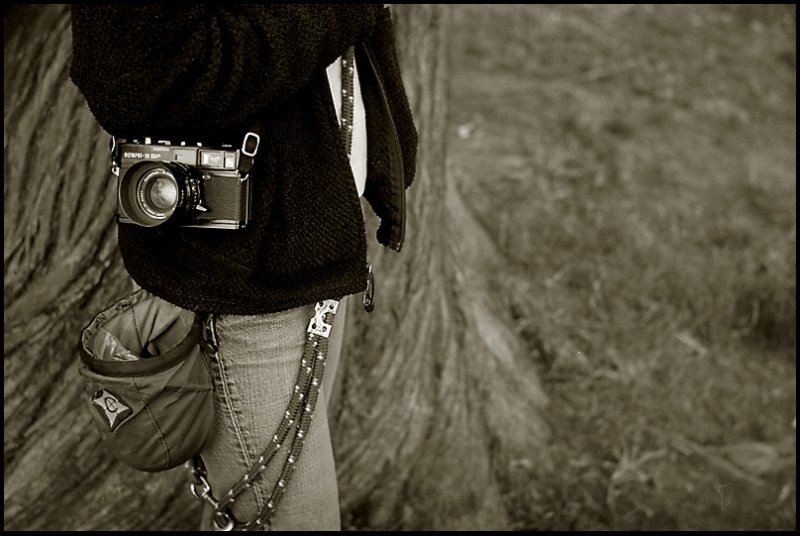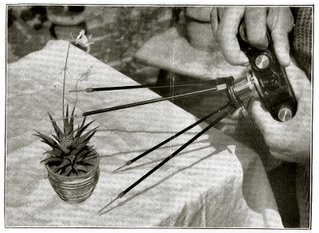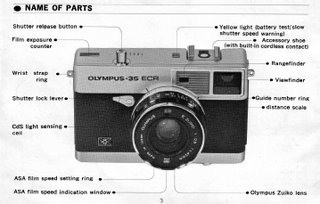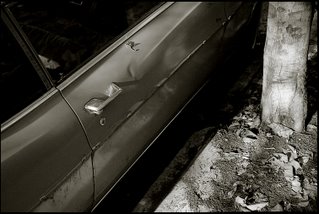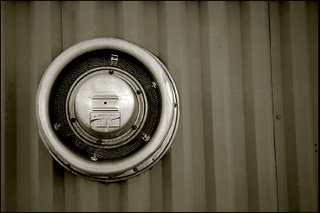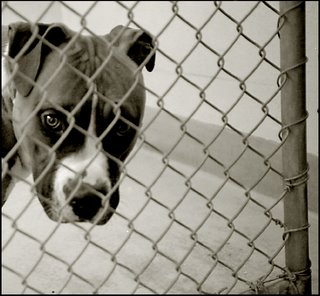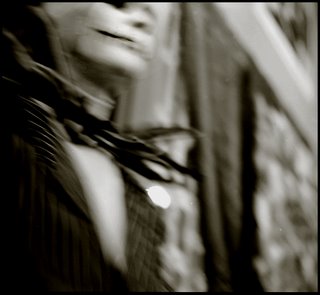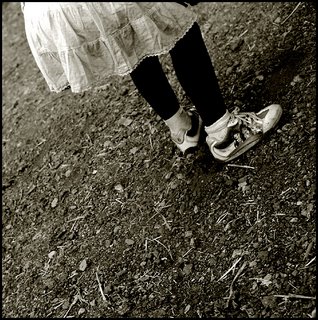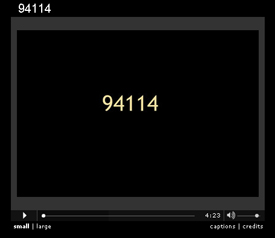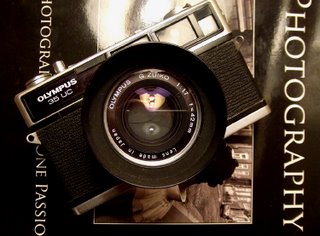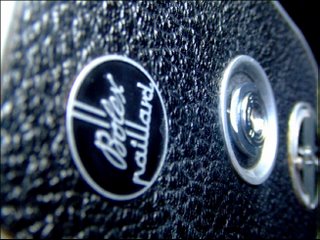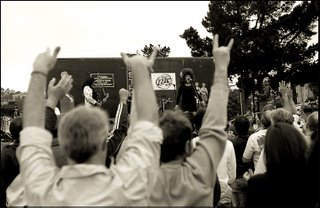"You too?"
In these 'digital days' I have on several occasions noticed that there is some sort of acknowledgment or 'nod' between people that sport some sort of film-camera and it often leads to a casual, passing conversation about the equipment used.
Browsing a larger department store a few weeks ago I came upon a gentleman that I spotted - or should I say his Leicaflex - at quite a distance. I was carrying a black Olympus 35SP over the shoulder and the previously described 'You too?' expressions were soon exchanged - along with a photo. The 'unknown photographer' was visiting from Taiwan and when I commented that it was a great camera he had brought with him he was quick to comment on that the Leicaflex SL 2 was a much better version. A few minutes later we were both on our separate ways, disappearing into a sea of camera phones and digital points-and-shoots.






